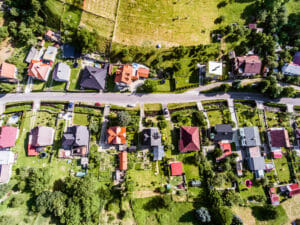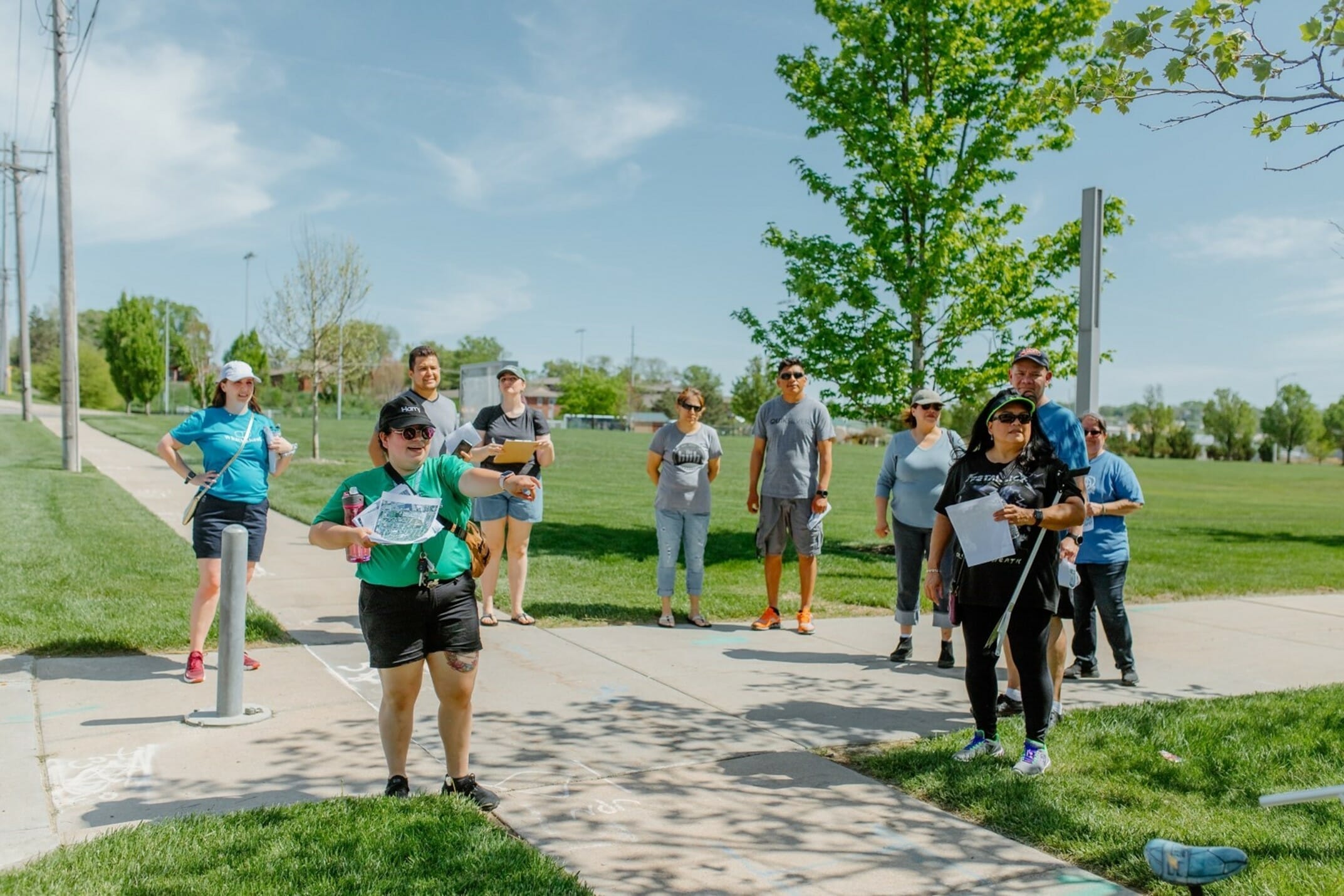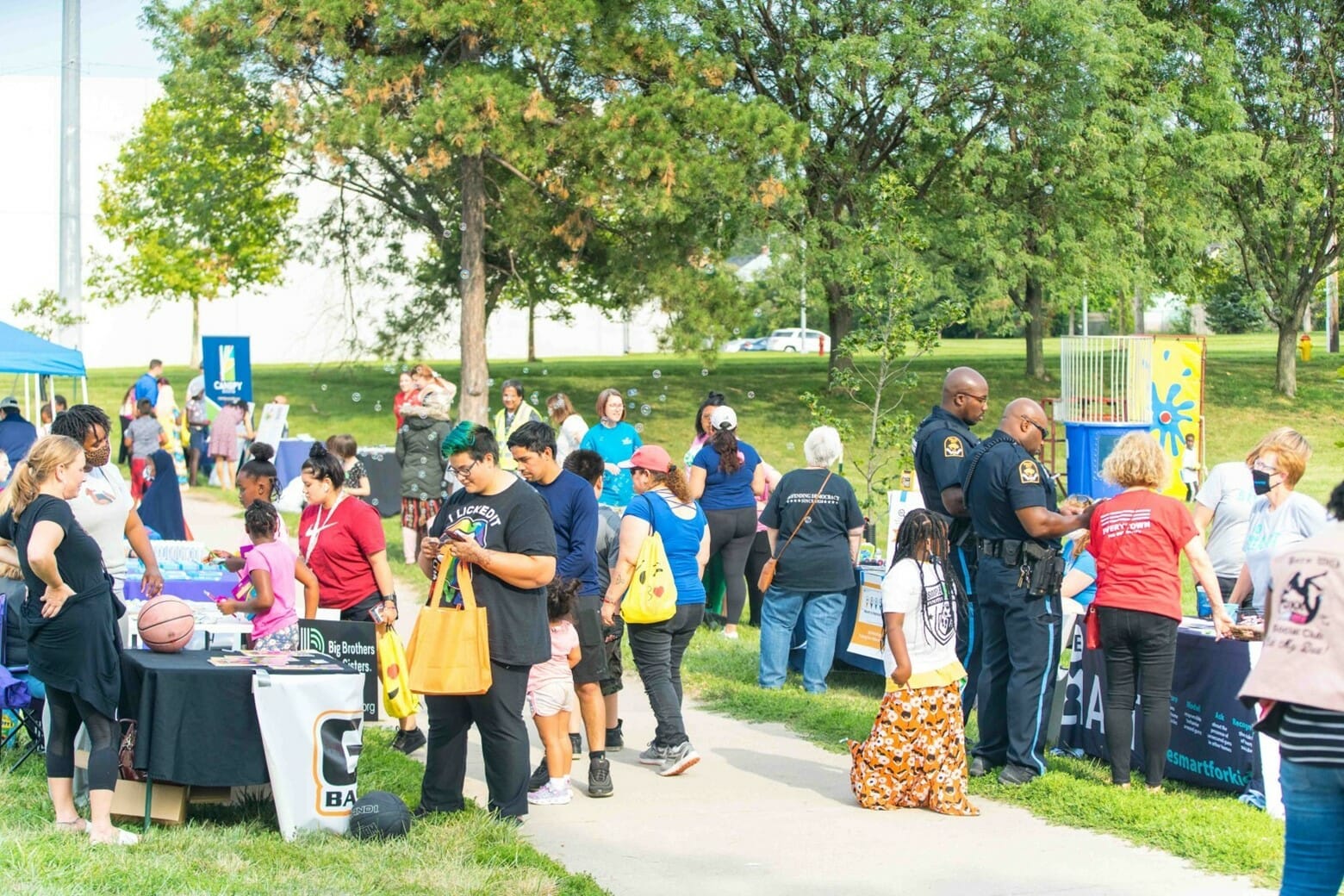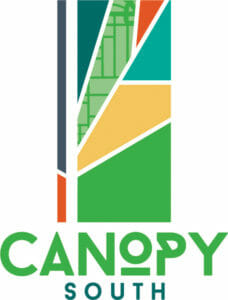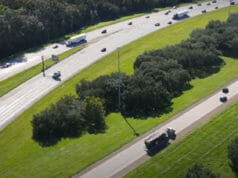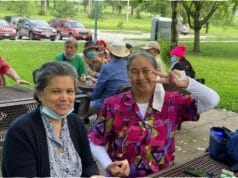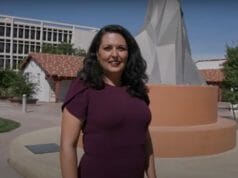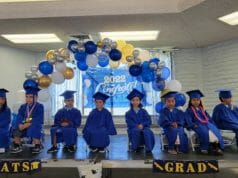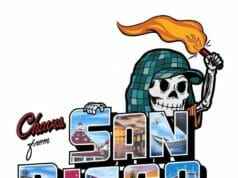Not all neighborhoods are created equally and many of those challenges are rooted and deeply entangled in our country’s history, policies, and practices. Take redlining as an example, which is the discriminatory practice of denying services, typically financial, to residents of certain areas based on their race or ethnicity.
By Cesar Garcia, Executive Director of Canopy South
Over two hundred and twenty-five cities were redlined across the United States and during 1934-1962 the federal government backed $120 B in home loans and 98% of those loans went to white homebuyers. As many of you may know, homeownership is a key driver of wealth. Fast forward to the present day and many communities, like South Omaha, have experienced decades of disinvestment which have contributed to higher rates of poverty, lower rates of educational attainment, and inequalities in housing, employment, and health outcomes.
More and more research shows that where you live is one of the most significant indicators of health outcomes, life expectancy, and the overall quality of life. What we know today is that poverty is intrinsically linked to place – which is why at Canopy South, we believe that by changing the environment, we can change outcomes for people who live there. We are breaking the intergenerational cycle of poverty with a coordinated and holistic revitalization of the Southside Terrace – Indian Hill neighborhood.
The neighborhood is home to a diverse population. Southside Terrace, the largest public housing site in the state of Nebraska with roughly 360 units, is 51% Black, which reflects the changing demographic of African refugees and immigrants. However, the broader neighborhood is 61% Latino, 20% White, and 14% Black. While the challenges of a multi-cultural, refugee community are many, the potential is equally as great.
Canopy South, a nonprofit organization, is one of 28 members following a national model established by Purpose Built Communities. The work at Canopy South is grounded in three fundamental pillars:
- Developing high quality Mixed-Income Housing: Southside Terrace will be demolished in phases over the next several years and our goal is to develop over 1,000 units throughout the neighborhood. All current Southside Terrace residents will have the right and choice to live in a newly constructed unit or move to a different location. One third of the units will remain public housing, one third will be rented at an affordable rate, and one third will be rented at market rate. Units will range in bedroom sizes and the building types will range from townhomes to mixed-use development and everything in between.
- Establishing an Equitable Cradle-to-Career Education Pipeline: We are working with Omaha Public Schools and other education partners to help establish a neighborhood serving continuum for student growth, learning, and achievement starting at birth and through college and beyond.
- Enhancing Community Vibrancy: From vibrant public parks to access to reliable transportation and affordable healthcare – the components that make your community “home” are critical to a high quality of life. We are working on short-term and long-term projects that will benefit current residents and simultaneously attract new residents.
At the heart of every community are the people who live there. Until you understand the community and residents — deeply and genuinely — you cannot truly serve them. Many communities across the country have been successful in developing mixed-income housing and enhancing the built environment to ensure high quality amenities, however, very few communities have been successful in changing the culture and genuinely responding to the needs of the community. This is why the work that we do every single day is grounded in a people-first approach. By working alongside residents for the last two and a half years, we’ve been able to meet residents where they are at, begin to establish trust, and listen to their hopes and dreams for the future.
Collaboration and partnerships are a key component in ensuring the community’s vision becomes a reality. Critical partners in the revitalization of the Southside Terrace – Indian Hill neighborhood include the City of Omaha, Omaha Housing Authority, Omaha Public Schools, and over 30 nonprofits, service providers, and institutions. Through resident and stakeholder engagement, a comprehensive Transformation Plan was created to help guide the revitalization of the Southside Terrace – Indian Hill Neighborhood. For more information or to review the plan, please visit canopysouth.org.
Place predicts prosperity, and we all play a huge role in cultivating social capital. We recognize no one organization or individual will be able to do this alone – this is a collective responsibility, which is why we are leveraging public-private partnerships to catalyze future investments. “A true community is not just about being geographically close to someone or part of the same social web network. It’s about feeling connected and responsible for what happens. Humanity is our ultimate community, and everyone plays a crucial role.” – Yehuda Berg


